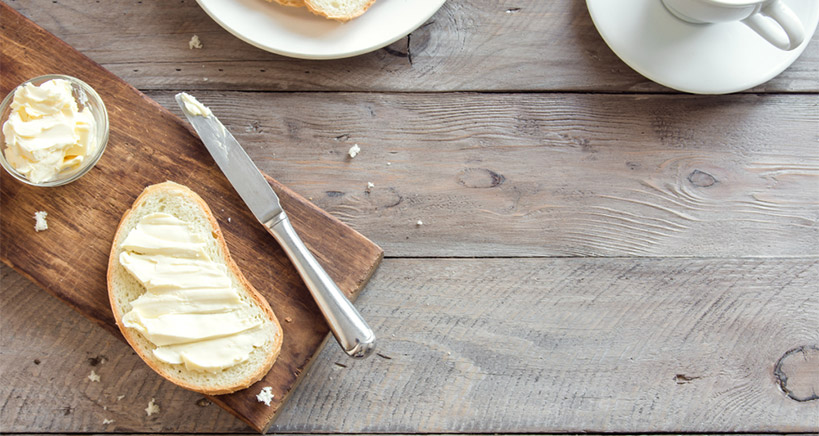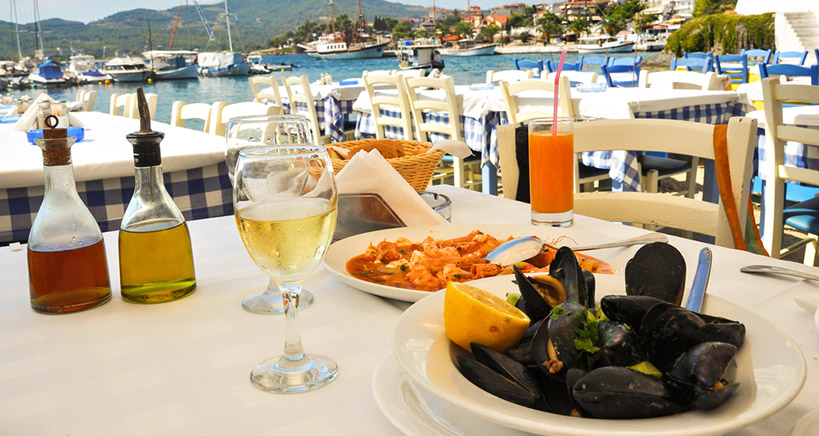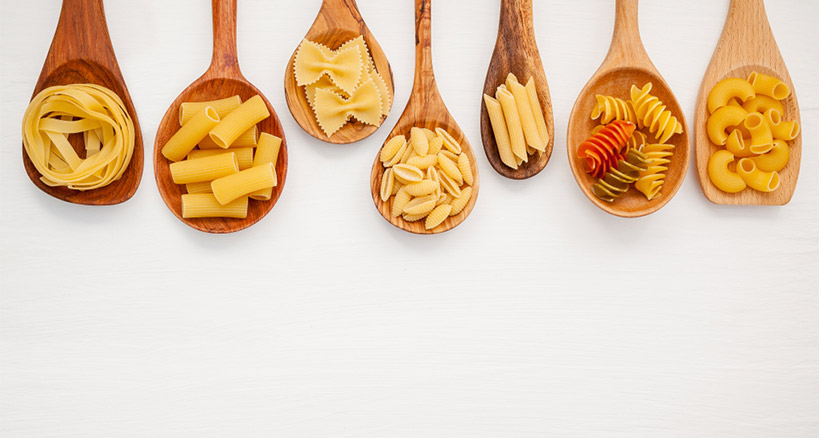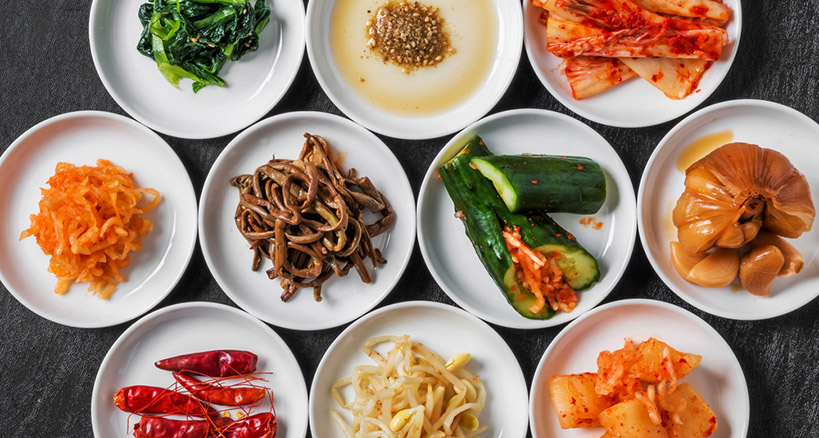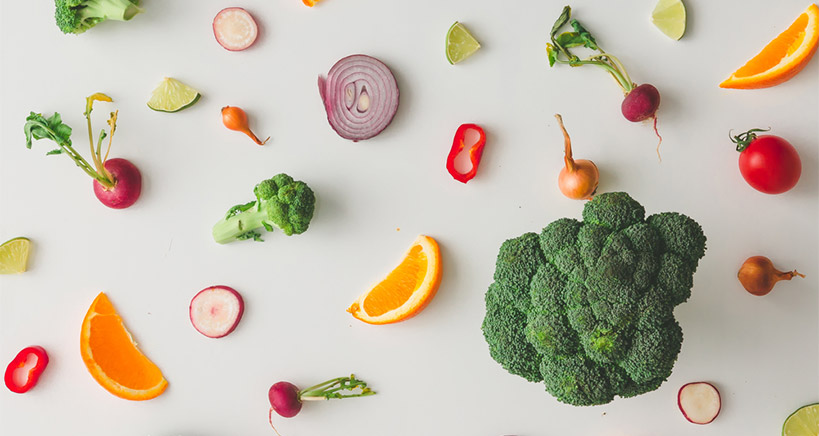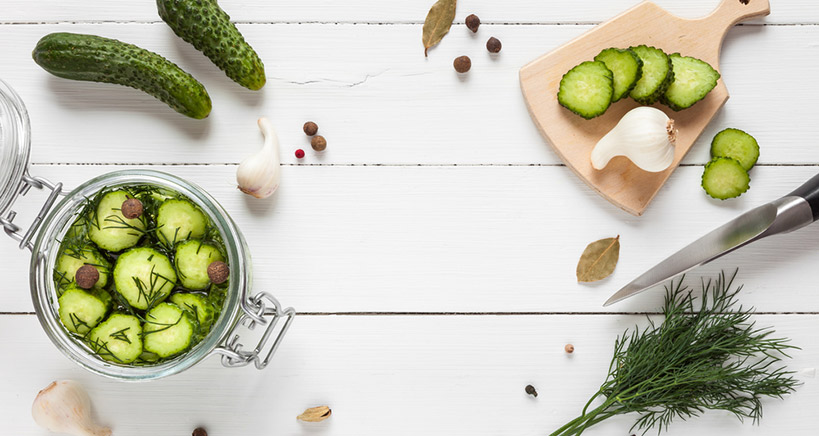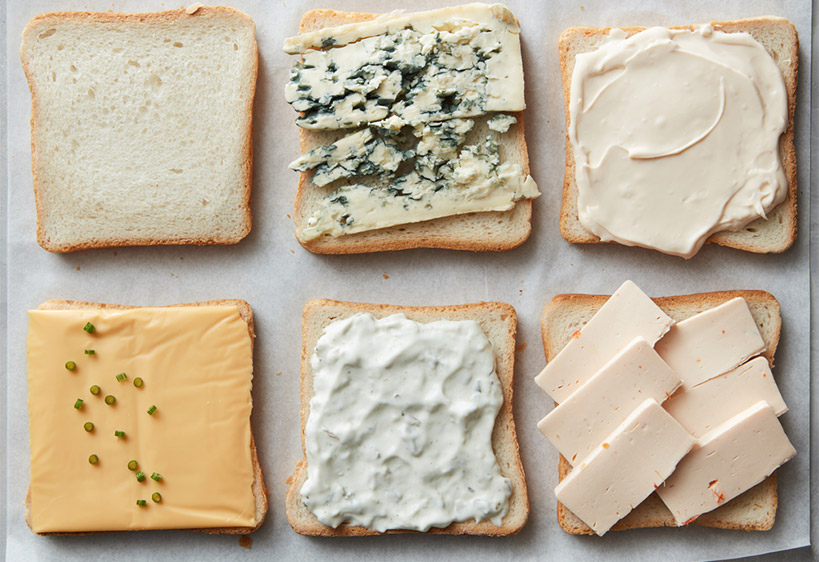
Soft Cheeses
Although when you think of cheese, you may think immediately of hard, yellow cheeses with their many uses and great varieties, don’t overlook soft cheeses when you’re looking to infuse your next catered event with a tray-ful of flavor. The difference between the many soft cheeses on the market can be subtle, but to the experience palate they are distinct and significant. Some versions of soft cheese work better in certain settings and for many people they are an acquired taste. In any case, learn about soft cheeses here so you can use them at the next possible opportunity.
A Guide to Soft Cheeses
Many people – including caterers – are not that proficient about using a full range of soft cheeses. Beyond putting out a plate of Brie and crackers on a buffet table, many caterers – even those who consider themselves cheese-savvy – don’t give soft cheeses much thought.
Soft cheese can be made from cow, goat, or sheep’s milk and come from countries and places around the globe. Common types of soft cheese are feta, Brie, ricotta, cream cheese, Camembert, Chevre, Roquefort, and gorgonzola, and – of course – cottage cheese. All these cheeses have a special tangy creaminess that no other food imparts.
Hard Cheese vs. Soft Cheese
Soft cheese is un-ripened cheese made by coagulating casein (milk proteins) with acid. Hard cheeses, on the other hand, are aged (ripened), and made by coagulating milk proteins with rennet and culture acids. The ripening process is aided by bacteria or mold. Cheddar, Swiss, Colby, brick and Parmesan are types of bacteria-ripened hard cheeses. Because aging reduces the moisture level in the cheese, hard cheese is drier (and harder) than soft cheese. And, because, bacteria doesn’t grow as easily in dry conditions as in moist ones, hard cheeses keep longer than soft cheeses.
Continue reading Soft Cheeses Come in a Variety of Types and Can be Used in a Range of Ways
